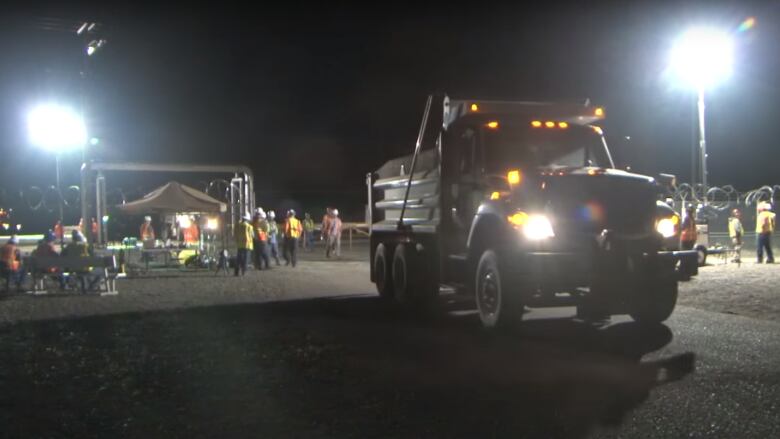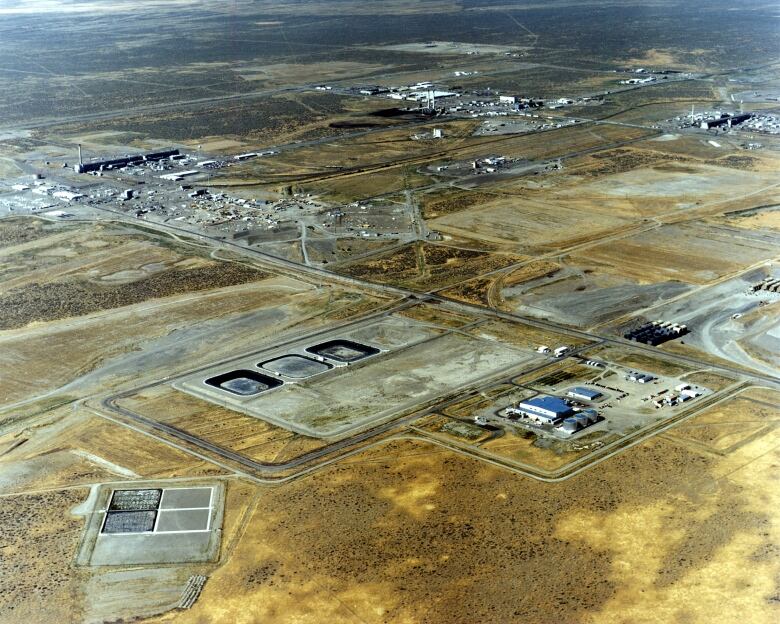Workers told to stay home as repairs begin at Hanford nuclear storage site
Emergency operations centre in Washington state says no radiation released after tunnel cave-in Tuesday

Non-essential workers at the Hanford nuclear waste storage facility in Washington state were told to stay home Wednesday as repairs begin on a caved-in tunnel.
An emergency was declared Tuesday after the partial collapse of a tunnel housing rail cars full of nuclear waste at the site's Plutonium Uranium Extraction Facility, also known as PUREX.
Destry Henderson, spokesperson for the site's emergency operations centre, said no employees were hurt in the collapse and no radiation release has been detected.
Henderson said non-essential employees in the northern part of the facility had been asked to stay home Wednesday to allow crews to focus on repair work, which began overnight.
"This is a conservative approach," Henderson said. "We're going to approach this slowly, safely and methodically."

No explosion means little threat: prof
Andreas Christen, an associate professor in UBC's micrometeorology research group, said a cave-in event like this poses little risk to British Columbians, or even those near the site in Washington.
"We essentially need an explosion or a fire that ejects the material into the atmosphere [for contamination to spread]," Christen said. "It cannot simply evaporate from the source, so we are pretty safe."
Hanford is located near Richland, about 300 kilometres southeast of Seattle.
The site was established in 1943 to produce plutonium for nuclear weapons as part of the Manhattan Project. Now mostly decommissioned, it is the largest repository of nuclear waste in the United States, holding 211 million litres in underground storage tanks.
With files from Karin Larsen.












_(720p).jpg)


 OFFICIAL HD MUSIC VIDEO.jpg)
.jpg)



























































































